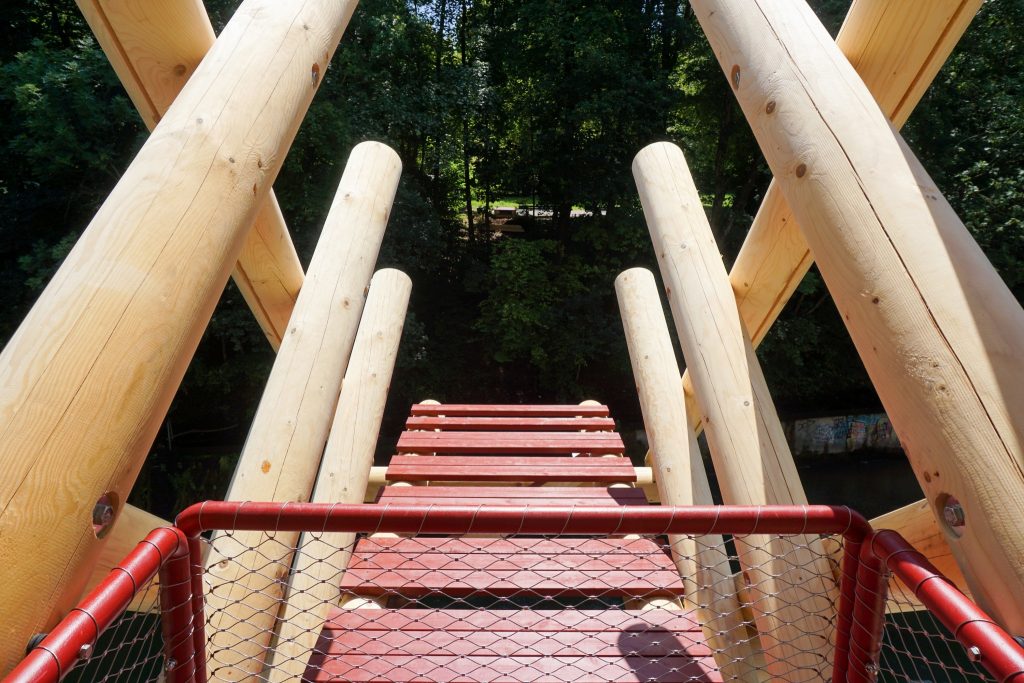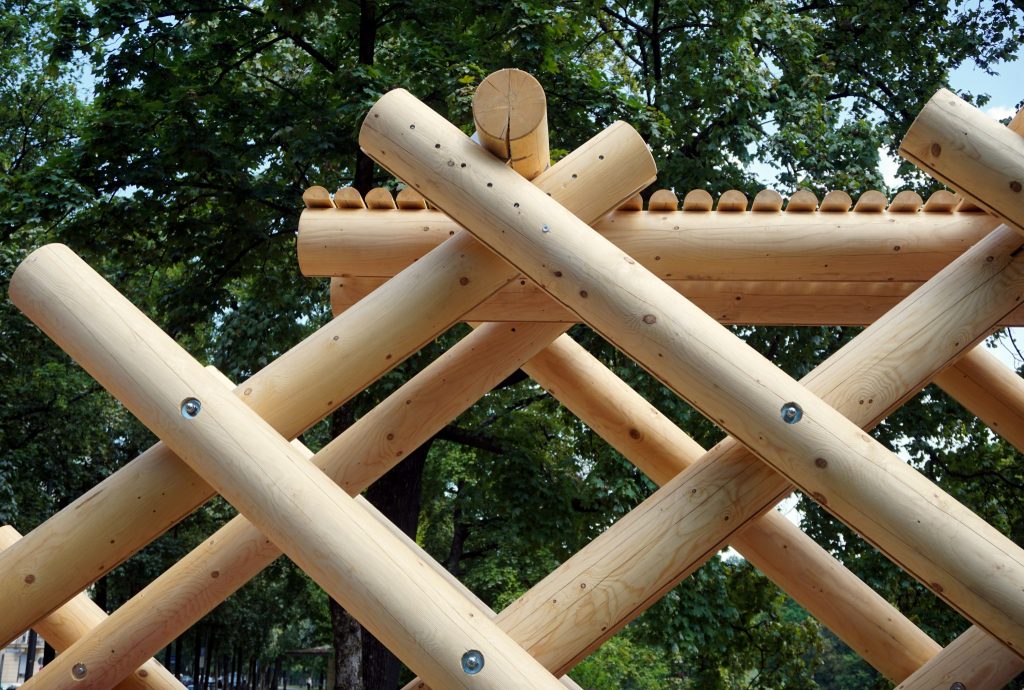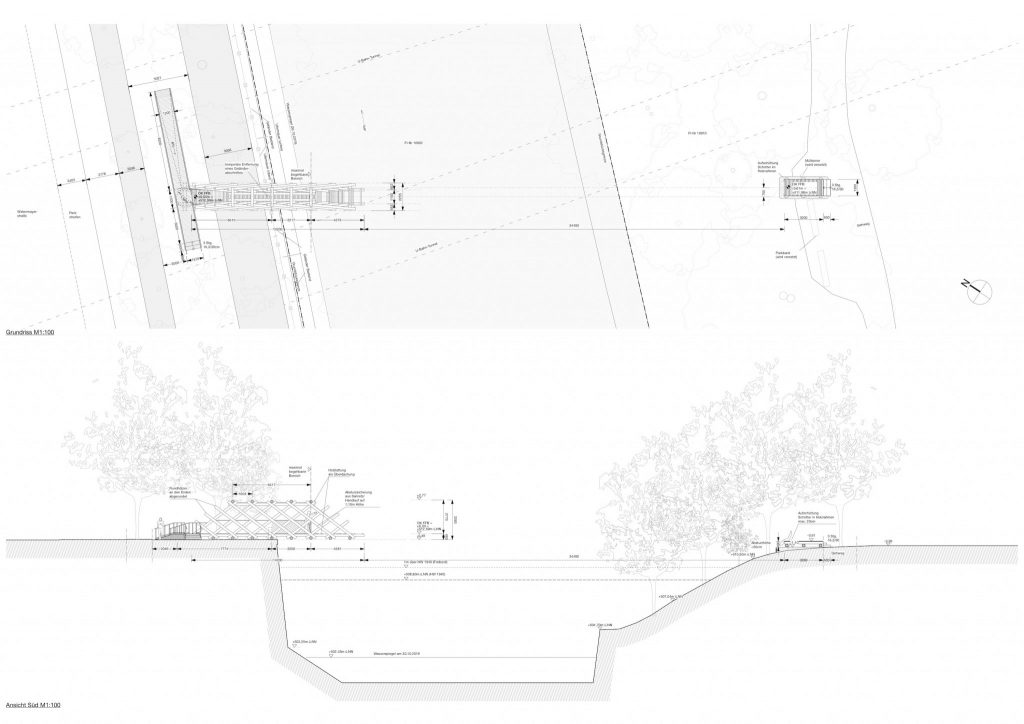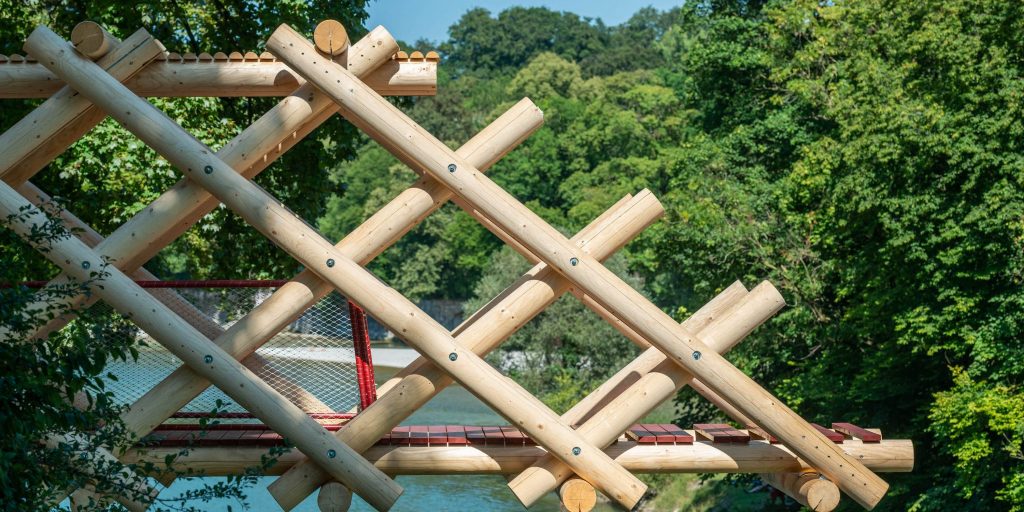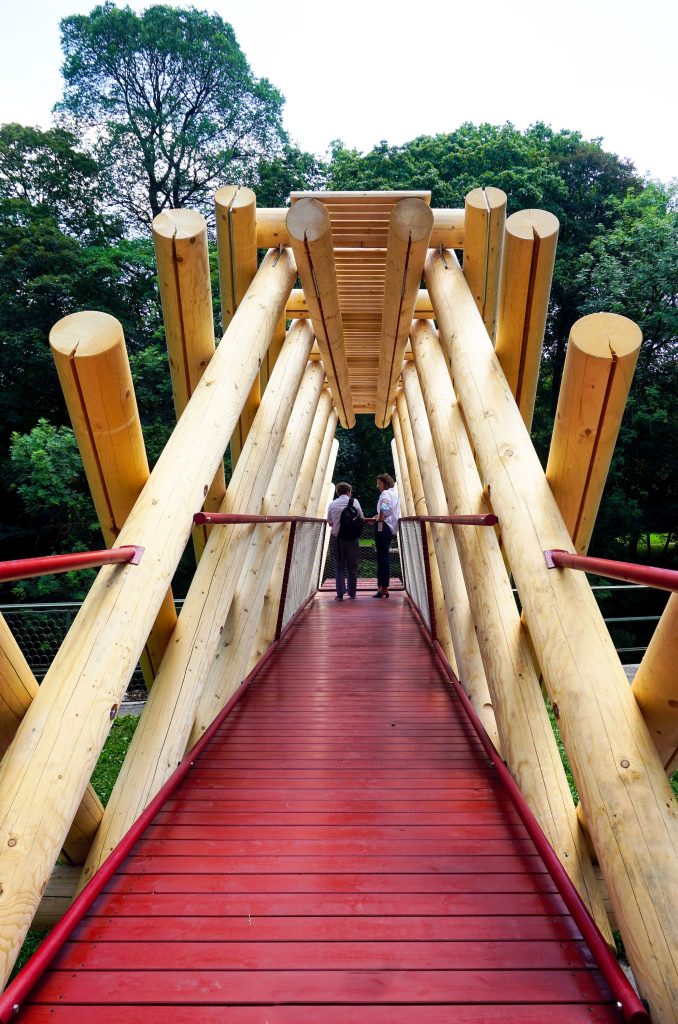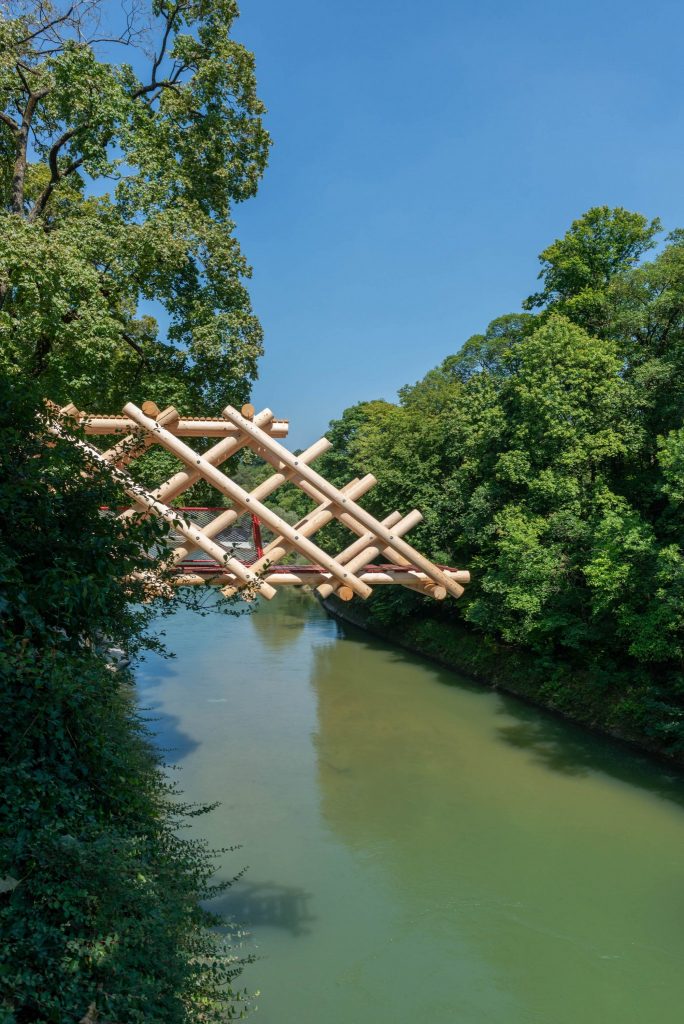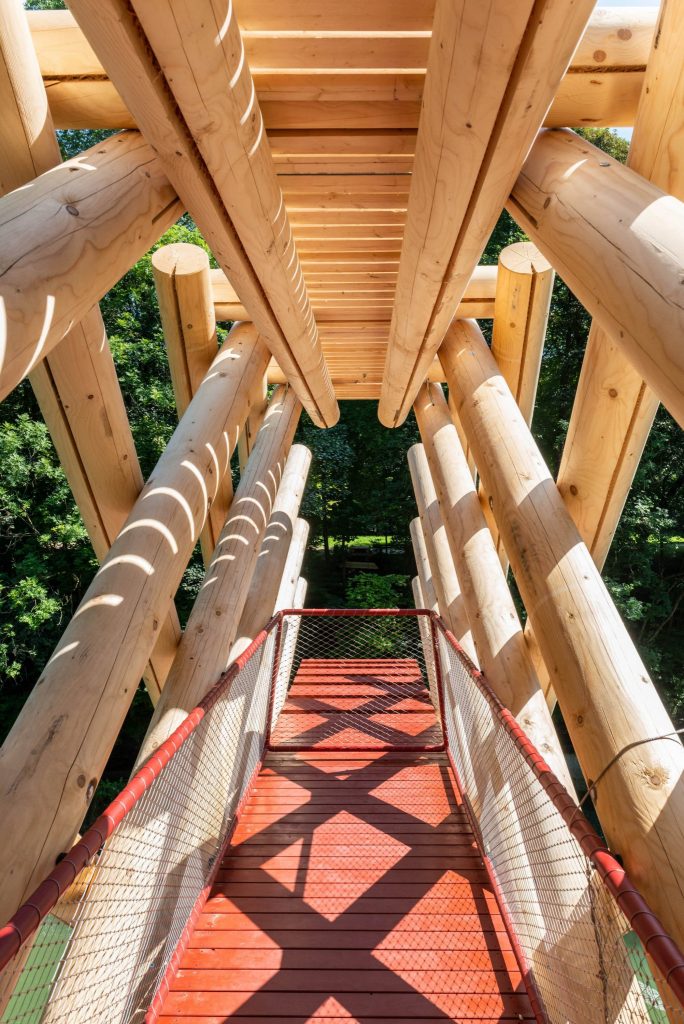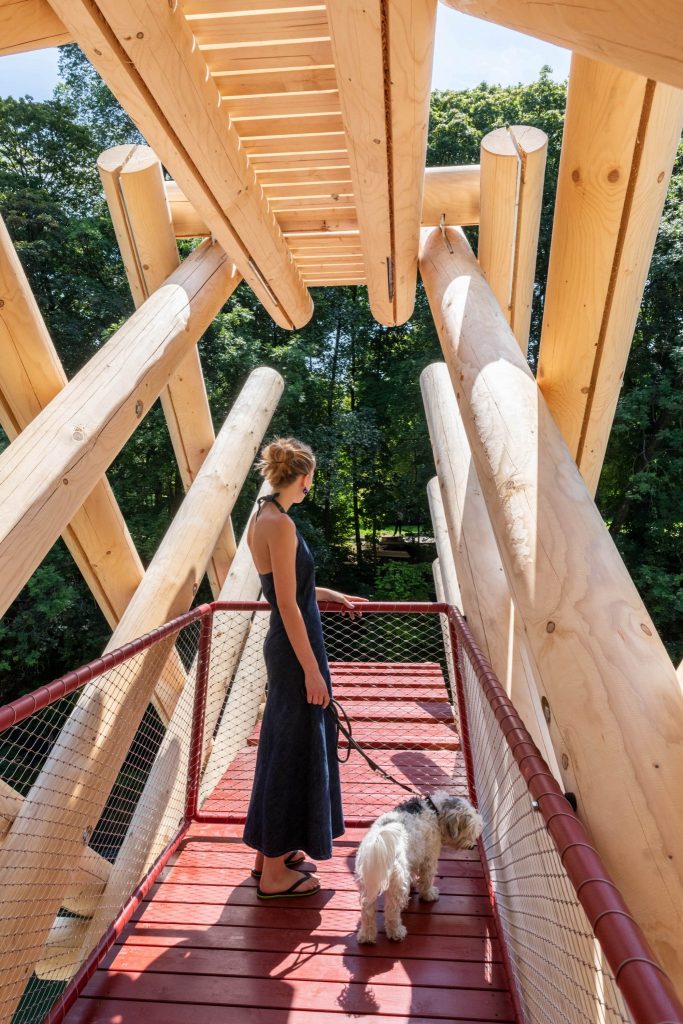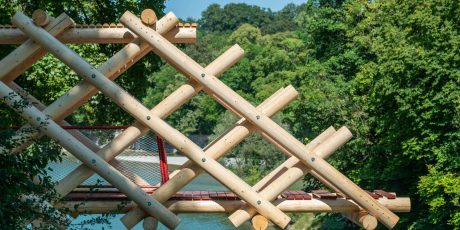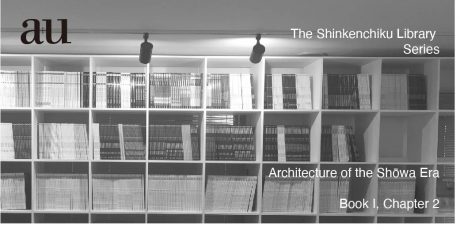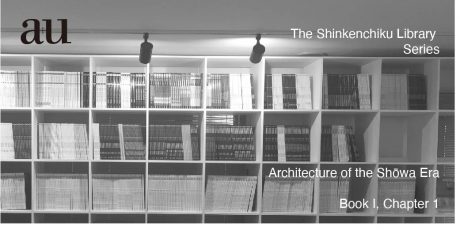Column Hidden Gems
Munich is closely connected with its river, the Isar. Cool and wild, it comes directly from the Alps and also shows itself in the cityscape after successful renaturation a good ten years ago. It is still relatively impetuous – at least compared to the rivers in many other cities. It is no wonder the people of Munich love their river and its banks, to swim and lie in the sun, to barbecue and celebrate.
Since the end of July, there is a new attraction on the river. The architects from Atelier Bow-Wow call their walk-in installation “Bridge Sprout”, which now towers above the water on the bank opposite the island Schwindinsel and is to remain there until the end of 2021. It is a structure made of thick spruce logs, a bridge construction that does not lead to the other bank but ends abruptly in the air, giving people a completely new experience in public space. It was designed by the architects of Atelier Bow-Wow from Tokyo, Japan, and realized together with the Munich architect Hannes Rössler.
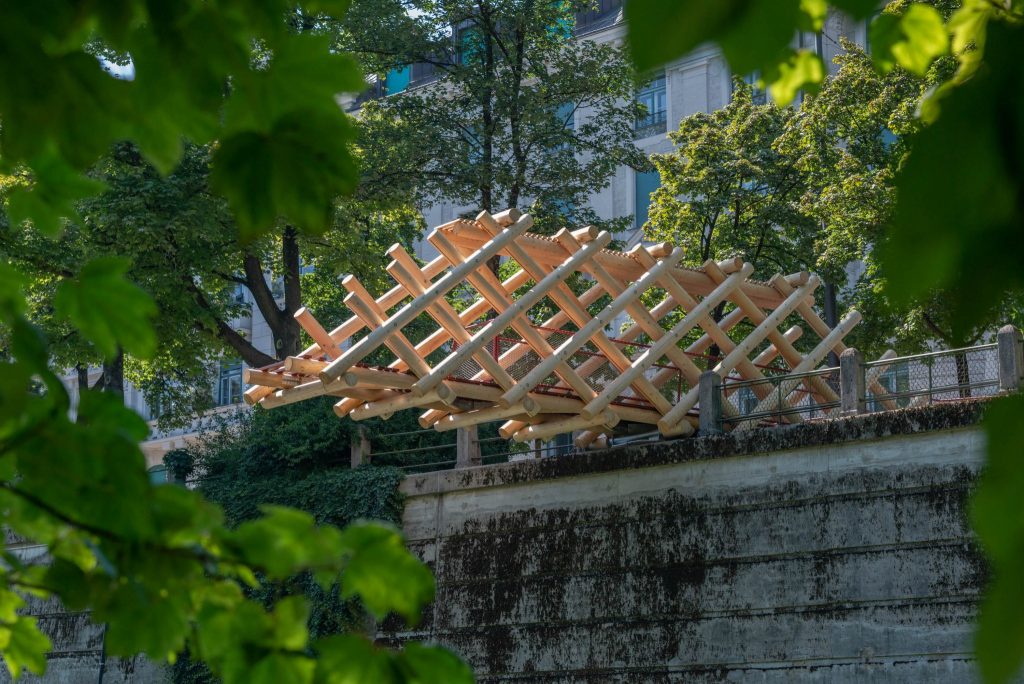
The project was made possible by a new initiative for art in public space, in Munich. A jury convened by the city’s cultural department selects an artist or architect of international standing and awards them a “carte blanche”, i.e. the artist is free to choose the topic and location of their installation.
In order to find their theme and location, Yoshiharu Tsukamoto, Momoyo Kaijima, and Yoichi Tamai from Atelier Bow-Wow dealt intensively with the city of Munich and its history, and all above, brought in their special views from the outside, which is shaped by the different cultural backgrounds. They refer to the city’s relationship to its river and to the mountains, but not least to the materials that have shaped it. There are allusions to historical wooden bridges in the Alps as well as to rafting of timber when in earlier times the trunks were transported into the city by the river.
The construction of massive spruce logs, lumbered in winter and naturally dried, is as refined as it is enormous and primeval – as if heavy logs of driftwood had been wedged together on the bank. At the same time, it is also a typical Japanese construction of ephemeral lightness. It has no foundation but lies on the bank wall like a balance beam, only the counterweight of the ramp keeps it balanced.
Over this ramp, painted in the muted red tone of Japanese lacquer work, the visitor enters the “Bridge Sprout”. Then, you walk through the arrangement of bars to over the water, but the path breaks off, the opposite bank is not reached. All that remains is the longing view across, to the nature of the green shrinking island or to the waterfall in the river, where the spray promises cooling. The architects are playing with the world of ideas to achieve all these goals, which remain unreachable from here. Adding what is missing with one’s own imagination, by looking from a raised wooden platform at water, stones, and plants, are not least important elements of the veranda (engawa) in traditional Japanese houses or in the Zen gardens of the country.
In any case, the installation allows the people of Munich to take a completely new view of their river as a unique urban space.
